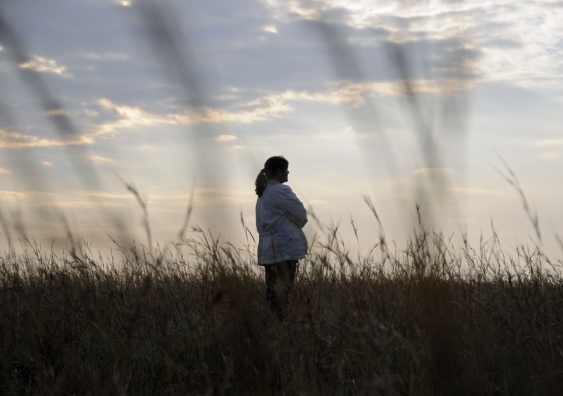UNSW launches world-first adult separation anxiety treatment trial
A world-first UNSW study is underway to better understand and treat the largely hidden condition of separation anxiety in adults.
A world-first UNSW study is underway to better understand and treat the largely hidden condition of separation anxiety in adults.

A world-first UNSW study is underway to better understand and treat the largely hidden condition of separation anxiety in adults.
Traditionally diagnosed only in children and adolescents, pioneering work over two decades by the UNSW team of Associate Professor Vijaya Manicavasagar (Black Dog Institute) and Professor Derrick Silove (School of Psychiatry, Liverpool Hospital) has revealed that separation anxiety disorder can occur in adulthood.
As a result, the Diagnostic and Statistical Manual of Mental Disorders (DSM 5) was changed in 2013 to ensure that adults with the disorder are detected and treated.
Separation anxiety disorder describes the high levels of anxiety and distress experienced by some people when they are apart from loved ones, even temporarily.
UNSW researchers are also the first to develop an instrument to measure the disorder, which is now being used in several centres around the world. The questionnaire comprises 27 items that explore symptoms and signs of separation anxiety in adults.
Physical symptoms include headaches, stomach discomfort and panic attacks. Individuals with separation anxiety also often experience difficulties sleeping alone and have nightmares of harm occurring to them or loved ones.
Patients with adult separation anxiety disorder generally experience high levels of functional impairment and show a poor response to conventional treatments used for other anxiety subtypes.
Research by Professor Silove published recently in the American Journal of Psychiatry, in conjunction with the WHO World Mental Health Team at Harvard University, looked at the prevalence of separation anxiety disorder across 18 countries. About 5% of people experience separation anxiety at some point in their lives, and up to 40% of this group experience first onset of the disorder in adulthood.
Associate Professor Manicavasagar, who is leading the treatment trial in partnership with Professor Silove, said clinicians are only just starting to differentiate the symptoms of adult separation anxiety from generalised anxiety disorder, panic disorder or agoraphobia.
“On the surface, the symptoms of these anxiety disorders look similar, but they driven by different processes. It is important for clinicians to recognise the characteristic pattern of symptoms that are indicative of adult separation anxiety disorder so that patients receive the best treatment possible,” said Associate Professor Manicavasagar.
“While many adults recognise that separation anxiety is irrational and are deeply embarrassed by the disorder, they find it difficult to break the behaviours and thoughts associated with it.”
In the UNSW trial, adult participants with separation anxiety disorder will be randomised to a control group or eight hourly group sessions of psycho-education and emotion-focused cognitive behavioural therapy to treat the disorder. Adult participants in the control group will also subsequently receive the treatment program.
Participants will be evaluated pre- and post-treatment on the severity of separation anxiety and depression, their anxiety and stress levels, and levels of functional impairment in their day-to-day life.
For more information about the study please contact: (02) 96164328 or email: SAD.Trial@unsw.edu.au